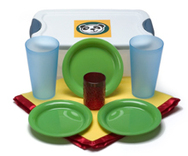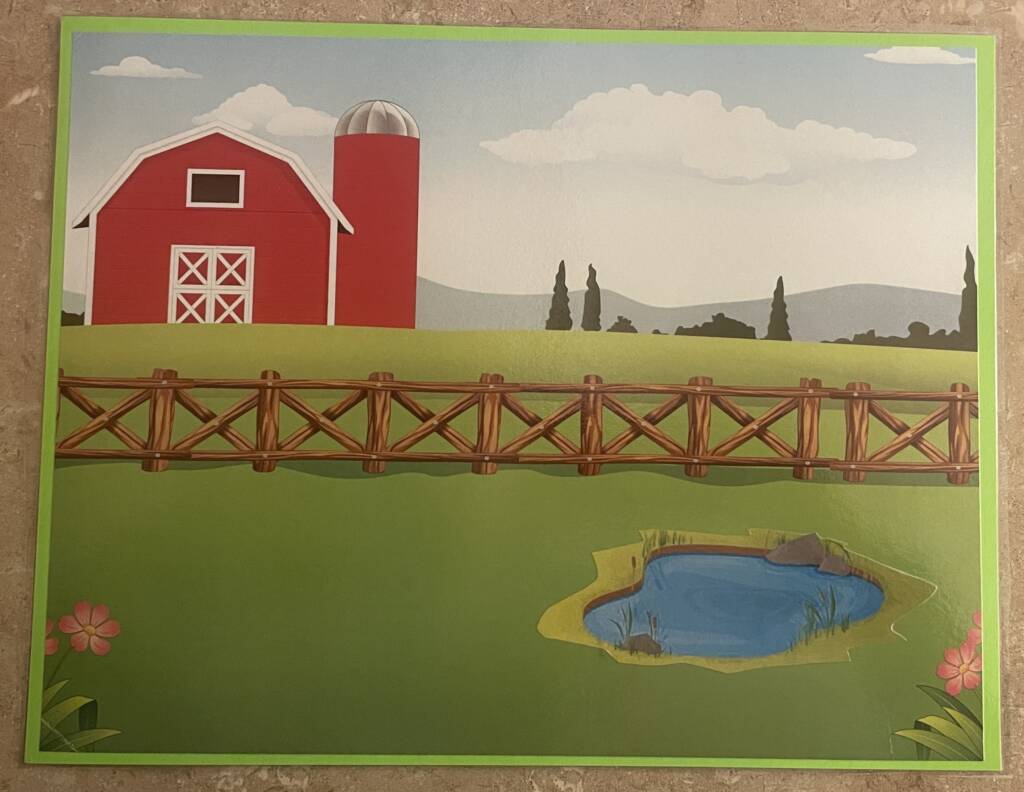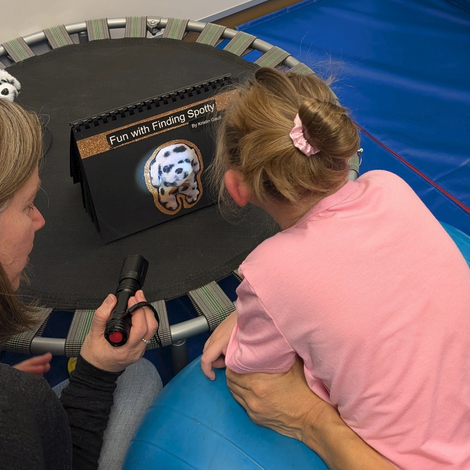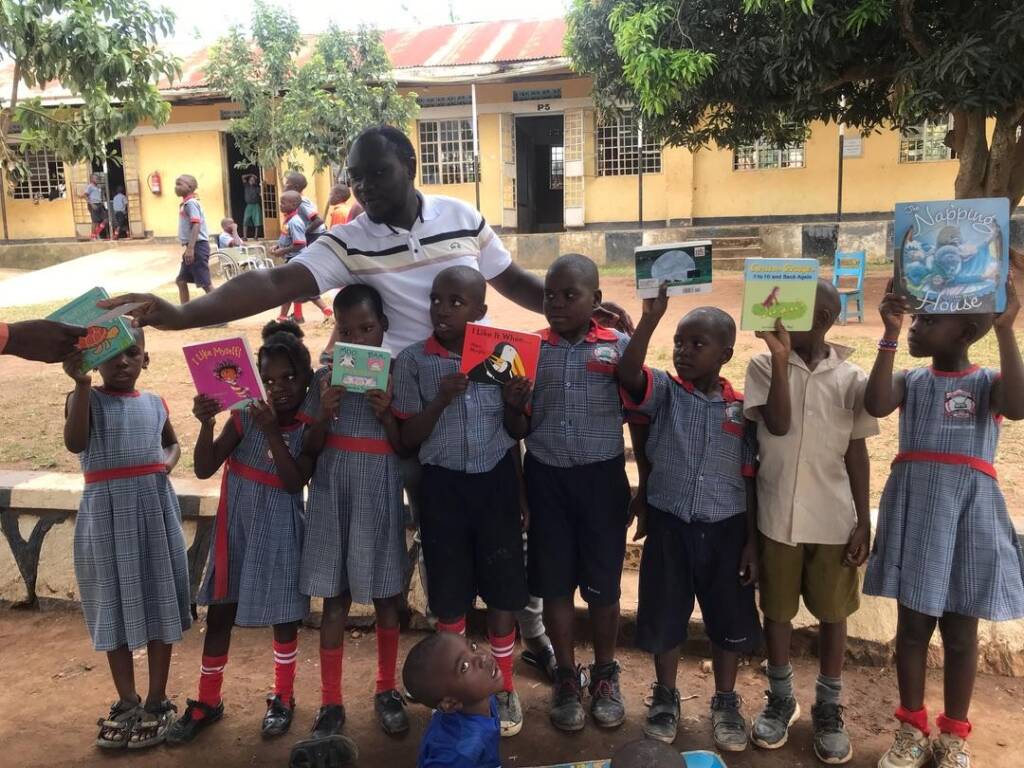Story Boxes
By Norma M. Drissel, Perkins School for the Blind

What is a Story Box?
It is simply a collection of items in a box or bag that corresponds to the items mentioned in a story. A Story Box is a way for young children with visual impairments to experience a story. It is an early literacy event that can easily fit into your daily routines as well as a tool to enhance the learning of concepts. In short, it is a fun, interactive learning experience for children and adults alike.
Remember:
- 1. It takes more time to figure out what an object or shape is through tactual exploration than through vision. A tactual learner needs to examine parts of an item separately then put the information they have gathered together to gain full understanding of the item.
- 2. Words are just symbols representing ideas and concepts. Without meaning words are a series of disconnected sounds and letters. Hands-on experiences help to provide meaning to words.
- 3. You need not present all the items in a box with each reading. Determine your child’s interest and attention so as not to overwhelm her with stuff.
- 4. Share your story boxes with young sighted children. They are very popular.
Why Story Boxes?
The purpose of a story box is to create hands-on literacy experiences for your child. Educators have long emphasized the importance of tactual exploration i.e. hands-on learning for young children with Visual Impairments. This is important not just for future Braille readers who will be using their finely tuned sense of touch to discriminate letters and to decode words, but rather for all young children so that they can take in information, build concepts, and further understand their world. Purposeful exploration involves thinking, concept building. Children gather information through the experiences that they have. This is how they develop an understanding of how things relate. These experiences give meaning to their lives through the development of concepts. Literacy emerges from hands-on experiences for all children. Sighted children’s experiences are rich with opportunities for learning that occur by chance, however, children with Visual Impairments seldom, if ever, take in information accidentally. Yet teachers often expect that the youngster with blindness comes to school with the same information that sighted children have picked up on TV, through pictures, etc. Hence, the importance of hand-on experiences such as Story Boxes for young learners with blindness.
To learn more about story boxes, see also:
The materials on this page appeared on the e-advisor site, which was originally hosted by Boston Children’s Hospital. This material has now been moved to the website of Perkins School for the Blind.



